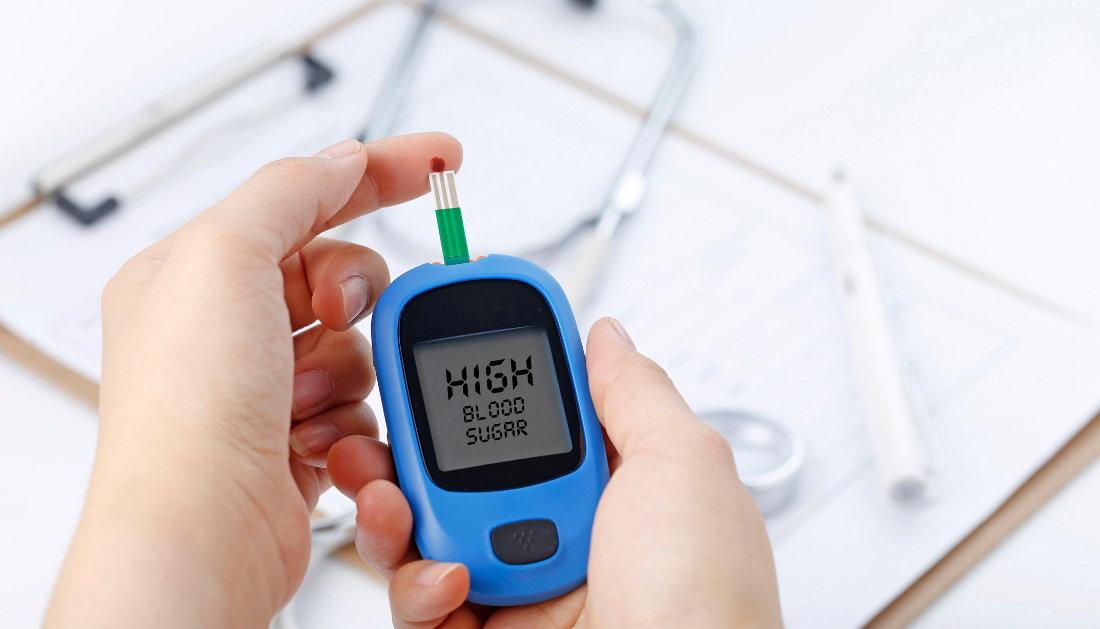

Diabetes is frequently associated with changes in tiny blood arteries. Researchers from the Technical University of Munich (TUM) and Helmholtz Munich have now developed a method for measuring these microvascular alterations in the skin and thereby determining the severity of the condition. They accomplish this by combining artificial intelligence (AI) and cutting-edge high-resolution optoacoustic imaging technologies. The findings have been published in the journal Nature Biomedical Engineering.
Diabetes is frequently associated with changes in tiny blood arteries. Researchers from the Technical University of Munich (TUM) and Helmholtz Munich have now developed a method for measuring these microvascular alterations in the skin and thereby determining the severity of the condition. They accomplish this by combining artificial intelligence (AI) and cutting-edge high-resolution optoacoustic imaging technologies. The findings have been published in the journal Nature Biomedical Engineering.
Light pulses are used to create ultrasound inside tissue in optoacoustic imaging technologies. The resulting ultrasonic waves are then captured by sensors and translated into pictures. The signals are generated by small expansions and contractions of tissue that surround molecules that absorb light strongly. Hemoglobin is one such molecule. Because hemoglobin is concentrated in blood arteries, optoacoustic imaging may create detailed, one-of-a-kind images of vessels that other non-invasive techniques cannot.
Although the fundamental concepts of optoacoustics, or photoacoustics, have been known for over a century, practical applications in medicine are relatively new. Vasilis Ntziachristos is a TUM Professor of Biological Imaging and the Director of the Helmholtz Institute of Biological and Medical Imaging and the Bioengineering Center. He and his colleagues have created several optoacoustic imaging technologies, including RSOM, which stands for raster-scan optoacoustic mesoscopy.
32 particularly significant changes
The researchers have now used RSOM to investigate the impact of diabetes on human skin. The researchers used an AI algorithm to identify diabetes characteristics in RSOM pictures of the blood arteries in the legs of 75 diabetics and a control group.
They compiled a list of 32 particularly important modifications based on changes in the appearance of the skin microvasculature. These included characteristics such as the number of branches or the diameter of the vessels.
Biopsies, which are investigations of small portions excised from the skin, have shown that small blood arteries in diabetics’ skin are altered. Biopsies, on the other hand, do not precisely depict live conditions since they can distort blood vessels. They are also intrusive and not appropriate for long-term observations.
RSOM measurements, on the other hand, are not invasive, take less than a minute and do not rely on radiation or contrast agents. “Other optical methods do not achieve the depth or the detail reached by RSOM,” says Angelos Karlas, lead clinician in the study.
Data on several skin depths can be gathered simultaneously with a single RSOM measurement. This allowed the researchers to identify for the first time that diabetes affects arteries differently at different skin layers. For example, while the number of arteries and branches in the dermal layer was reduced in diabetics, it was raised closer to the skin’s surface, in the epidermal layer.
Assessing diabetes stage by combining skin features
“With RSOM, we can now quantitatively describe the effects of diabetes,” says Vasilis Ntziachristos.”With the emerging ability to make RSOM portable and cost-effective, these findings open up a new way for continuous monitoring of the status of those affected—more than 400 million people worldwide. In the future, with fast and painless examinations, it would take just a few minutes to determine whether therapies are having an effect, even at home environments.”
more recommended stories
 Phage Therapy Study Reveals RNA-Based Infection Control
Phage Therapy Study Reveals RNA-Based Infection ControlKey Takeaways (Quick Summary) Researchers uncovered.
 High-Intensity Training and Oxidative Stress Insights
High-Intensity Training and Oxidative Stress InsightsNew Evidence Linking High-Intensity Training and.
 Perinatal Mental Health Challenges Highlighted in New Study
Perinatal Mental Health Challenges Highlighted in New StudyMental Health Challenges in New Parents:.
 Safer Allogeneic Stem Cell Transplants with Treg Therapy
Safer Allogeneic Stem Cell Transplants with Treg TherapyA new preclinical study from the.
 AI in Emergency Medicine and Clinician Decision Accuracy
AI in Emergency Medicine and Clinician Decision AccuracyEmergency teams rely on rapid, accurate.
 World Summit Outlines Core Principles for Healthy Longevity
World Summit Outlines Core Principles for Healthy LongevityWhy Healthy Longevity Demands a New.
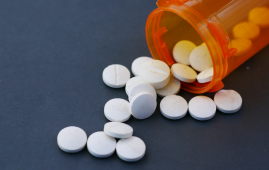 Cholesterol-Lowering Drugs May Help Reduce PFAS Levels
Cholesterol-Lowering Drugs May Help Reduce PFAS LevelsPer- and polyfluoroalkyl substances (PFAS) continue.
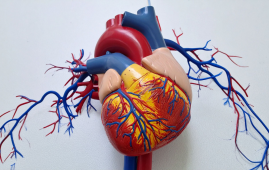 AI ECG Model Outperforms Standard STEMI Triage
AI ECG Model Outperforms Standard STEMI TriageNovel AI ECG Model Outperforms Standard.
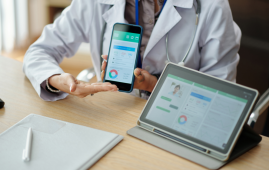 WHO and EU Strengthen Digital Health in Africa
WHO and EU Strengthen Digital Health in AfricaThe World Health Organization (WHO) and.
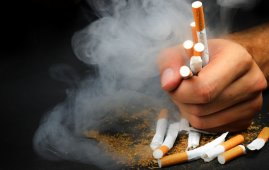 Quitting Smoking Slows Memory Decline, Study Finds
Quitting Smoking Slows Memory Decline, Study FindsQuitting smoking is linked to slower.

Leave a Comment